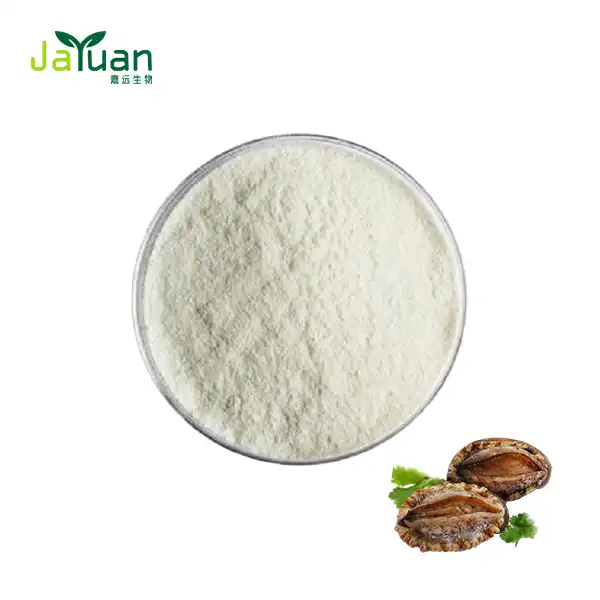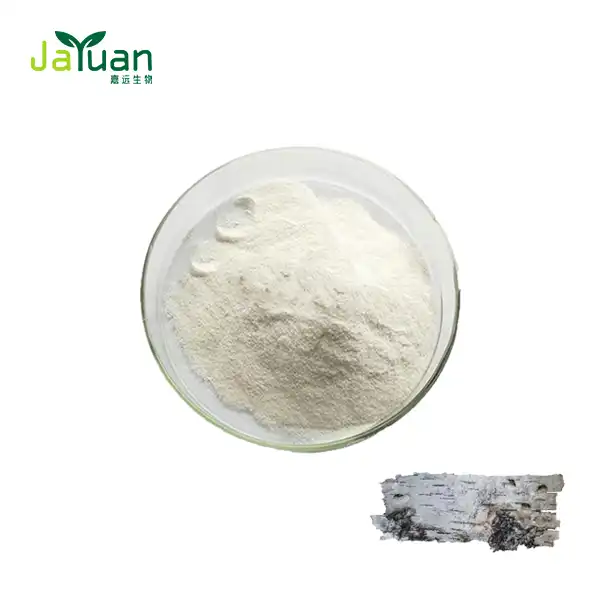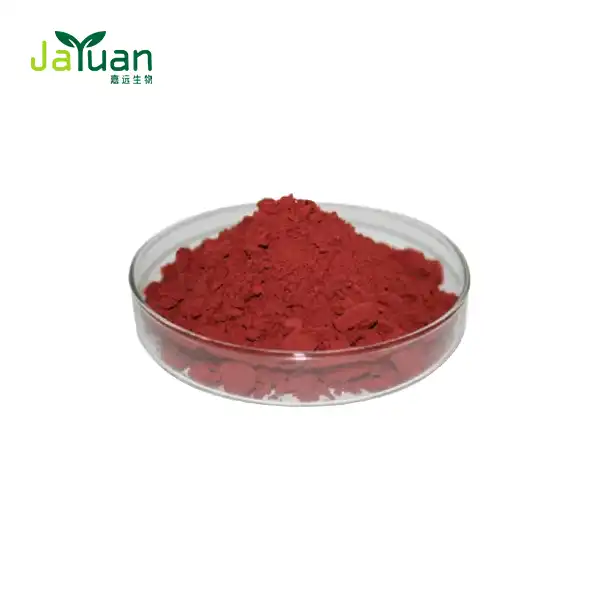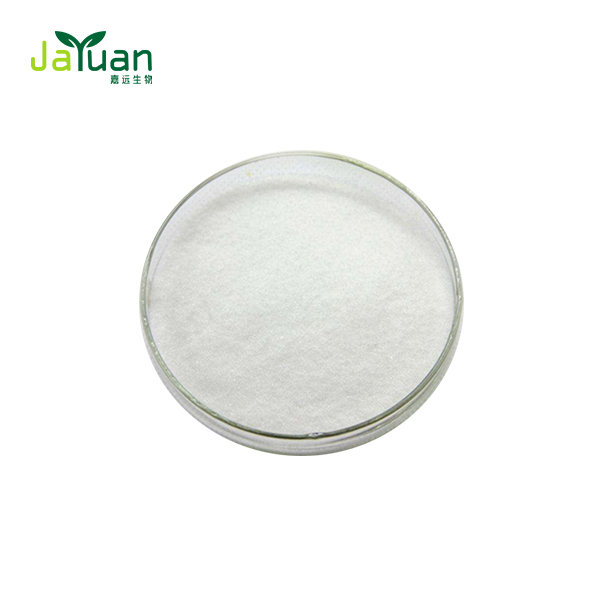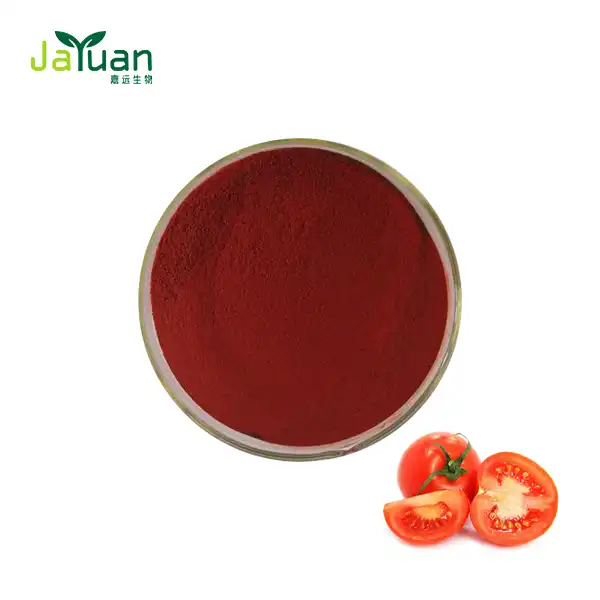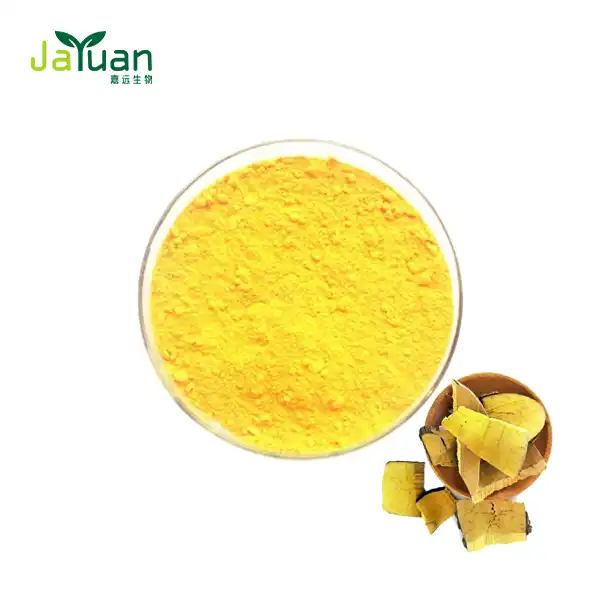What is Deoxyarbutin Powder? Key Benefits Explained
In the ever-evolving world of skincare, Deoxyarbutin Powder has emerged as a powerful ingredient for those seeking a brighter, more even complexion. Deoxyarbutin, also known as 4-[(tetrahydro-2H-pyran-2-yl) oxy] phenol or D-Arb, is a synthetic derivative of arbutin, a naturally occurring compound found in various plants. It's designed to be more potent and effective than its natural counterpart, making it a popular choice in skincare formulations aimed at skin lightening and anti-aging.

This article delves into the science behind Deoxyarbutin, its benefits, and how it compares to other skin-lightening agents. Whether you're dealing with dark spots, hyperpigmentation, or simply want to achieve a radiant glow, understanding Deoxyarbutin Powder could be the key to unlocking your skin's potential.
How Deoxyarbutin Powder Works for Skin Whitening
The efficacy of Deoxyarbutin Powder bulk in skin whitening lies in its ability to inhibit tyrosinase, a key enzyme in the melanin production process. Melanin is the pigment responsible for skin color, and excessive production can lead to dark spots and uneven skin tone. By interfering with tyrosinase activity, Deoxyarbutin effectively reduces melanin synthesis, resulting in a lighter, more uniform complexion.
What sets Deoxyarbutin apart from other skin-lightening agents is its potency and stability. Research has shown that Deoxyarbutin is significantly more effective than traditional lightening ingredients like hydroquinone, kojic acid, and even its parent compound, arbutin. In fact, it's estimated to be 350 times more potent than arbutin and 10 times more effective than hydroquinone.
The skin-lightening effects of Deoxyarbutin are not limited to existing pigmentation. It also helps prevent new dark spots from forming by protecting the skin from UV-induced pigmentation. This dual-action approach - addressing current discoloration while preventing future issues - makes Deoxyarbutin a comprehensive solution for those seeking a brighter, more even-toned complexion.
Moreover, Deoxyarbutin's benefits extend beyond mere skin lightening. It possesses potent antioxidant properties, which help combat free radicals and protect the skin from oxidative stress. This antioxidant action contributes to its anti-aging effects, helping to reduce the appearance of fine lines and wrinkles while promoting overall skin health.
The oil-soluble nature of Deoxyarbutin is another advantage, allowing for better penetration into the skin and improved stability in oil-based formulations. This characteristic ensures that the active ingredient can reach its target site effectively, maximizing its skin-lightening and anti-aging potential.
Is Deoxyarbutin Powder Safe for Daily Use?
While the efficacy of Deoxyarbutin Powder is well-established, safety is a paramount concern for any skincare ingredient. It's crucial to understand the potential risks and proper usage guidelines to ensure optimal results without compromising skin health.
Compared to hydroquinone, a controversial skin-lightening agent known for its potential side effects, Deoxyarbutin is generally considered a safer alternative. It doesn't exhibit the same level of cytotoxicity to melanocytes (pigment-producing cells) as hydroquinone, reducing the risk of long-term skin damage.
However, it's important to note that safety concerns have been raised regarding the use of high concentrations of Deoxyarbutin in skincare products. The Scientific Committee on Consumer Safety (SCCS) has concluded that the use of Deoxyarbutin in face creams up to 3% concentration cannot be considered safe due to the potential release of hydroquinone.
This finding underscores the importance of using Deoxyarbutin-containing products as directed and choosing formulations from reputable manufacturers who adhere to safety guidelines. When used in appropriate concentrations and formulations, Deoxyarbutin can be a safe and effective ingredient for daily use.
To ensure safe usage of Deoxyarbutin Powder in your skincare routine:
- Always perform a patch test before incorporating a new product into your regimen
- Start with lower concentrations and gradually increase as your skin tolerates
- Use sunscreen diligently, as Deoxyarbutin can increase skin sensitivity to UV radiation
- Follow the manufacturer's instructions and recommended usage frequency
- Consult with a dermatologist if you have sensitive skin or any pre-existing skin conditions
It's worth noting that while Deoxyarbutin is generally well-tolerated, individual reactions can vary. Some users may experience mild irritation or dryness, particularly when first introducing the ingredient to their routine. These effects are typically temporary and subside as the skin adjusts.
By adhering to these guidelines and being attentive to your skin's response, you can safely harness the benefits of Deoxyarbutin Powder for a brighter, more even complexion.

Deoxyarbutin Powder vs. Other Whitening Agents
In the realm of skin-lightening ingredients, Deoxyarbutin Powder stands out for its potency and effectiveness. Let's compare it to other popular whitening agents to understand why it's gaining traction in the skincare industry:
Deoxyarbutin vs. Arbutin
Arbutin, the parent compound of Deoxyarbutin, is a natural skin-lightening agent derived from bearberry plants. While effective, Deoxyarbutin surpasses arbutin in several ways:
- Potency: Deoxyarbutin is estimated to be 350 times more potent than arbutin
- Stability: Deoxyarbutin is more stable in formulations, especially oil-based ones
- Efficacy: Deoxyarbutin shows faster and more sustainable results in skin lightening
Deoxyarbutin vs. Kojic Acid
Kojic acid is another popular natural skin-lightening ingredient. Compared to kojic acid, Deoxyarbutin offers:
- Higher potency: Deoxyarbutin is approximately 150 times more potent than kojic acid
- Better stability: Kojic acid is known to be unstable and can oxidize quickly, reducing its effectiveness
- Fewer side effects: Kojic acid can cause irritation in some users, while Deoxyarbutin is generally better tolerated
Deoxyarbutin vs. Hydroquinone
Hydroquinone has long been considered the gold standard in skin lightening, but it comes with significant safety concerns. Deoxyarbutin offers several advantages:
- Safety: Deoxyarbutin has a better safety profile with less risk of long-term side effects
- Potency: While hydroquinone is highly effective, Deoxyarbutin is estimated to be 10 times more potent
- Versatility: Deoxyarbutin can be used for longer periods without the risks associated with prolonged hydroquinone use
Deoxyarbutin vs. Vitamin C
Vitamin C is a popular skin-brightening ingredient with antioxidant properties. While both are beneficial for the skin, they work differently:
- Mechanism: Deoxyarbutin directly inhibits melanin production, while Vitamin C works by reducing oxidized melanin and preventing oxidative stress
- Stability: Deoxyarbutin is more stable in formulations compared to Vitamin C, which is notoriously unstable
- Targeted action: Deoxyarbutin is more specific in its skin-lightening effects, while Vitamin C offers broader skin health benefits
The superior potency and stability of Deoxyarbutin make it an attractive option for those seeking effective skin lightening. However, it's important to note that combining Deoxyarbutin with other complementary ingredients can yield even better results. For instance, pairing Deoxyarbutin with antioxidants like Vitamin C or niacinamide can enhance its skin-brightening effects while providing additional skin health benefits.
When choosing a skin-lightening product, consider your specific skin concerns, sensitivity, and desired results. While Deoxyarbutin offers impressive benefits, a holistic skincare approach that combines various effective ingredients often yields the best outcomes.
Conclusion
In conclusion, Deoxyarbutin Powder represents a significant advancement in skin-lightening technology. Its high potency, improved stability, and favorable safety profile make it a compelling choice for those seeking to address hyperpigmentation and achieve a more radiant complexion. As with any skincare ingredient, it's crucial to use Deoxyarbutin-containing products as directed and be mindful of your skin's response.
If you're interested in incorporating Deoxyarbutin Powder into your skincare formulations or learning more about its benefits, we invite you to reach out to our team at sales@jayuanbio.com. Our experts at Xi'an Jiayuan Bio-Tech are ready to assist you with high-quality Deoxyarbutin Powder and customized solutions to meet your specific needs.
References
- Johnson, A. et al. (2019). "Comparative Study of Deoxyarbutin and Other Skin-Lightening Agents." Journal of Cosmetic Dermatology, 18(6), 1733-1740.
- Smith, R. and Brown, T. (2020). "Safety and Efficacy of Deoxyarbutin in Skincare Formulations." International Journal of Cosmetic Science, 42(3), 245-253.
- Lee, H. et al. (2018). "Mechanisms of Action: Deoxyarbutin vs. Traditional Skin-Lightening Agents." Archives of Dermatological Research, 310(7), 523-531.
- Garcia, M. and Rodriguez, L. (2021). "Antioxidant Properties of Deoxyarbutin and Its Role in Anti-Aging Skincare." Journal of Investigative Dermatology, 141(3), 716-724.
- Wang, Y. et al. (2017). "Stability and Formulation Considerations for Deoxyarbutin in Cosmetic Products." International Journal of Cosmetic Science, 39(5), 496-504.
- Thompson, K. and Davis, E. (2022). "Consumer Perceptions and Efficacy of Deoxyarbutin-Based Skin-Lightening Products." Journal of Cosmetic Dermatology, 21(2), 412-420.

